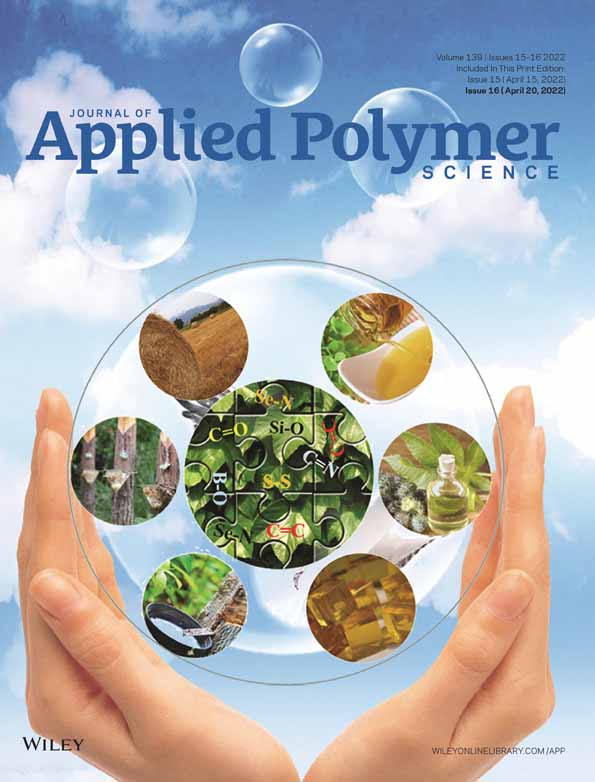Pervaporation performance of poly(vinyl alcohol)-graft-poly(N-hydroxymethyl acrylamide) membranes for dehydration of isopropyl alcohol-water mixture
Funding information: Kırıkkale University, Grant/Award Numbers: 2012/18, 2012
Abstract
In the present work, poly(N-hydroxymethyl acrylamide) grafted poly(vinyl alcohol) (PVA-g-PNHMA) membranes were developed for the dehydration of isopropyl alcohol (IPA) by the use of pervaporation method. The PVA-g-PNHMA membranes have been synthesized and their chemical composition and morphology have been characterized by Fourier transform infrared spectroscopy, 13C-nuclear magnetic resonance spectroscopy, X-ray diffractometry, differential scanning calorimetry, thermogravimetric analysis, and field emission scanning electron microscopy. The impacts of numerous factors such as temperature, feed concentration as well as membrane thickness on their pervaporation performance were investigated and the optimal conditions were found. With the increase in the grafting percentage of the PVA-g-PNHMA membrane, both flux and separation factor also increase. The PVA-g-PNHMA membrane with a grafting percentage of 34% revealed the best separation factor of 362 with a flux of 0.0085 kg/m2.h for 12.6% mass of water in the feed solution. It has also been found that swelling behaviors of the membranes are consistent with all pervaporation results. Besides, permeation and diffusion activation energies were determined as 23.69 and 29.21 kJ/mol from the change of permeation flux with temperature. Based on the obtained outcomes, it is obvious that PVA-g-PNHMA membranes are quite efficient in the separation of IPA/water mixture via pervaporation.
CONFLICT OF INTEREST
The authors declare that there is no conflict of interest.
Open Research
DATA AVAILABILITY STATEMENT
No. Research data are not shared.




